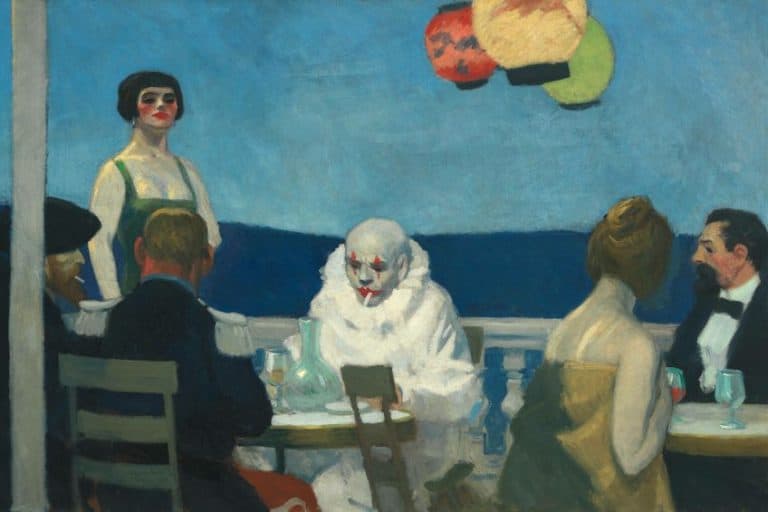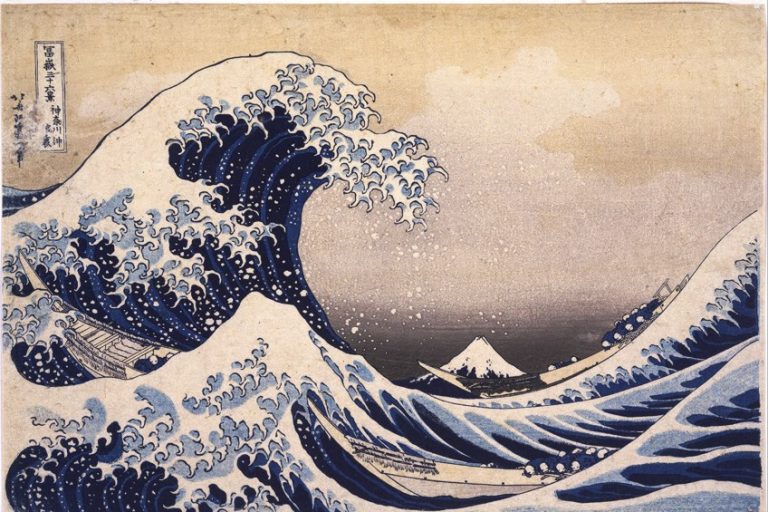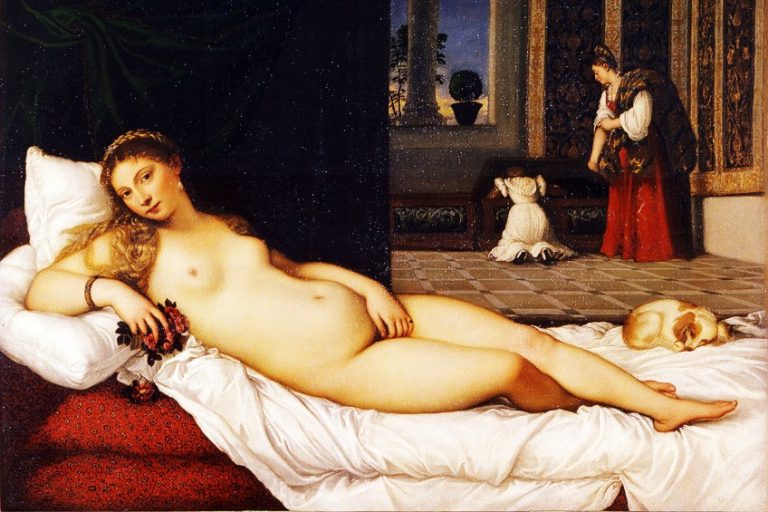“The Nightmare” Henry Fuseli – Inspecting “The Nightmare” Painting
We all have nightmares that leave us feeling terror-stricken, they can be dreadful things waking us up in the early hours of the morning. Now imagine a painting that is sexually charged and almost verging on demonic – maybe that is an exaggeration or maybe not, but it touches on those deep sleepy parts of us that just want to feel safe. This is The Nightmare painting by Henry Fuseli, which we will explore in more detail in this article.
Table of Contents
Artist Abstract: Who Was Henry Fuseli?
Henry Fuseli’s original name was Johann Heinrich Füssli, and he was born in 1741 on February 7 in Zürich, Switzerland. He died in April 1825. Fuseli was exposed to art from an early age because his father, Johann Caspar Füssli, was an artist and writer. Fuseli attended Caroline College of Zürich at his father’s request, who wanted him to be a Minister, which he became in 1761. Fuseli moved to Germany and then to London and was influenced by the Enlightenment at the time.
He also traveled to Italy in 1770 and stayed there for almost eight years. He was greatly influenced by the art and artists there and met Anna Landolt whom he loved deeply, but could not marry. When he moved back to London in 1779, he exhibited at various Royal Academy exhibits as well as continued with a career in writing and translating.
Fuseli accomplished a considerable amount during his artistic career and met many significant figures in the art, literature, and philosophical worlds. He was an influence on many well-known artists like William Blake and J.M.W Turner, among others.

The Nightmare (1781) By Henry Fuseli in Context
Henry Fuseli was a prominent artist during the 18th century, he painted scenes steeped in supernatural motifs, depicting characters we find from age-old literature and mythology. His work has been regarded as Gothic, grotesque, and some say he is “godfather” to Surrealism.
Fantastical and fearful, below we will provide The Nightmare analysis, starting with a brief contextual analysis, giving some background to the various influences that shaped Fuseli’s perceptions and beliefs. This is followed by a formal analysis of The Nightmare painting, its subject matter, and other stylistic aspects. We will also look at the question, “How much is The Nightmare by Henry Fuseli worth?”.
| Artist | Henry Fuseli (originally named Johann Heinrich Füssli) |
| Date Painted | 1781 |
| Medium | Oil on canvas |
| Genre | Genre painting |
| Period / Movement | Romanticism |
| Dimensions | 101.6 x 127 centimeters |
| Series / Versions | Not applicable |
| Where Is It Housed? | Detroit Institute of Arts, Detroit, Michigan |
| What It Is Worth | Estimated to be worth $3 – $4 million |
Contextual Analysis: A Brief Socio-Historical Overview
When Fuseli painted The Nightmare, it was the 1700s in Europe. This was a significant time in the development of European thought known as the “Age of Reason” or “Age of Enlightenment”. Many turned to the classical tenets from the Renaissance Humanism movement and sought to follow the philosophical, intellectual, and scientific concepts that came from it, which involved ideas like logic, clarity, symmetry, and rationality.
Some of the primary scholars of the time believed to have contributed to the origins of the Age of Reason was the philosopher René Descartes and his writings, such as Discourse on the Method of Rightly Conducting One’s Reason and of Seeking Truth in the Sciences (1637).
This led to many following the famous statement from his text, which was written in French, “Je pense, donc je suis”, which in English means “I think, therefore I am”.
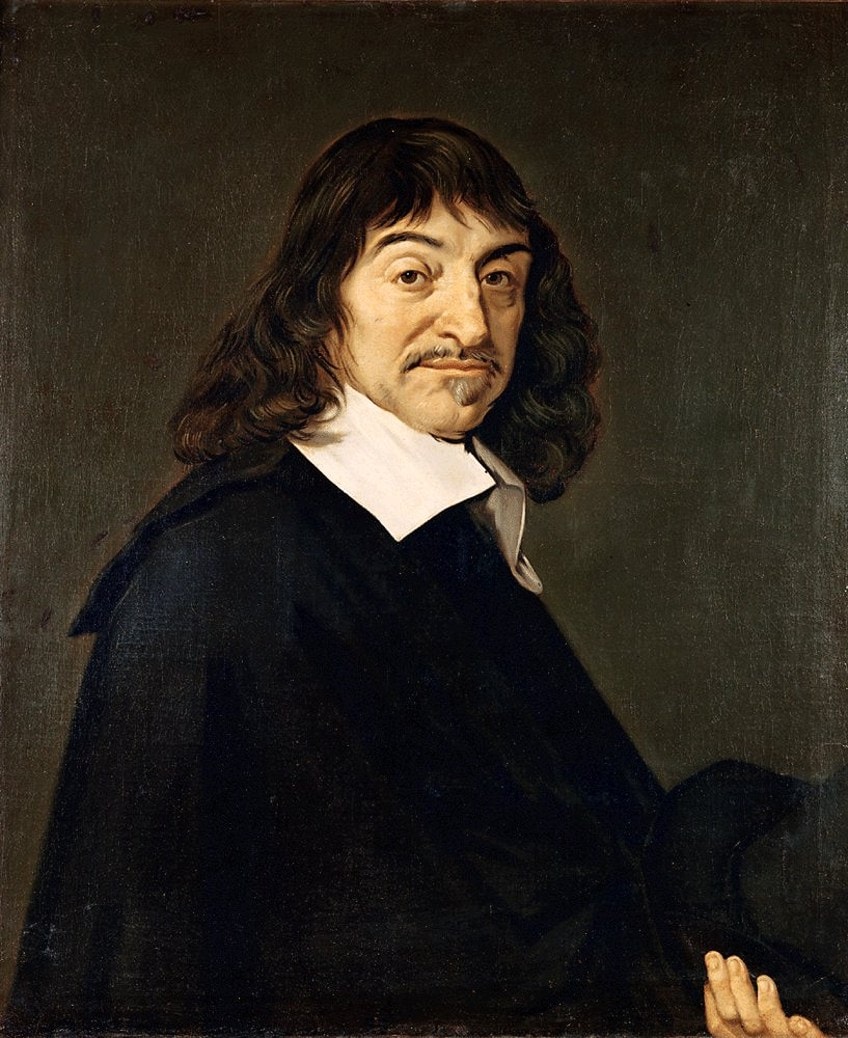
This also included the scientist and mathematician Sir Isaac Newton and his seminal text Philosophiæ Naturalis Principia Mathematica (1687). Newton was considered part of the Scientific Revolution, which was a precursor to the Age of Enlightenment.
The Enlightenment era also moved away from the religious rigors of the Catholic Church and enabled a new type of freedom of the individual, especially through thought and expression. With this, some of the movements that emerged were Neoclassicism, which followed the ideas of nobility, simplicity, and the Classical ideas from Greek and Rome.
One of the leading figures from this above-mentioned movement was Johann Joachim Winckelmann, who believed that “imitating” the ancients was the only path to greatness.
The movement is believed to have started in Rome, which is also where Winckelmann lived. His seminal text Thoughts on the Imitation of Greek Works in Painting and Sculpture (1755) influenced the visual arts and set a framework in a way for how art should be.
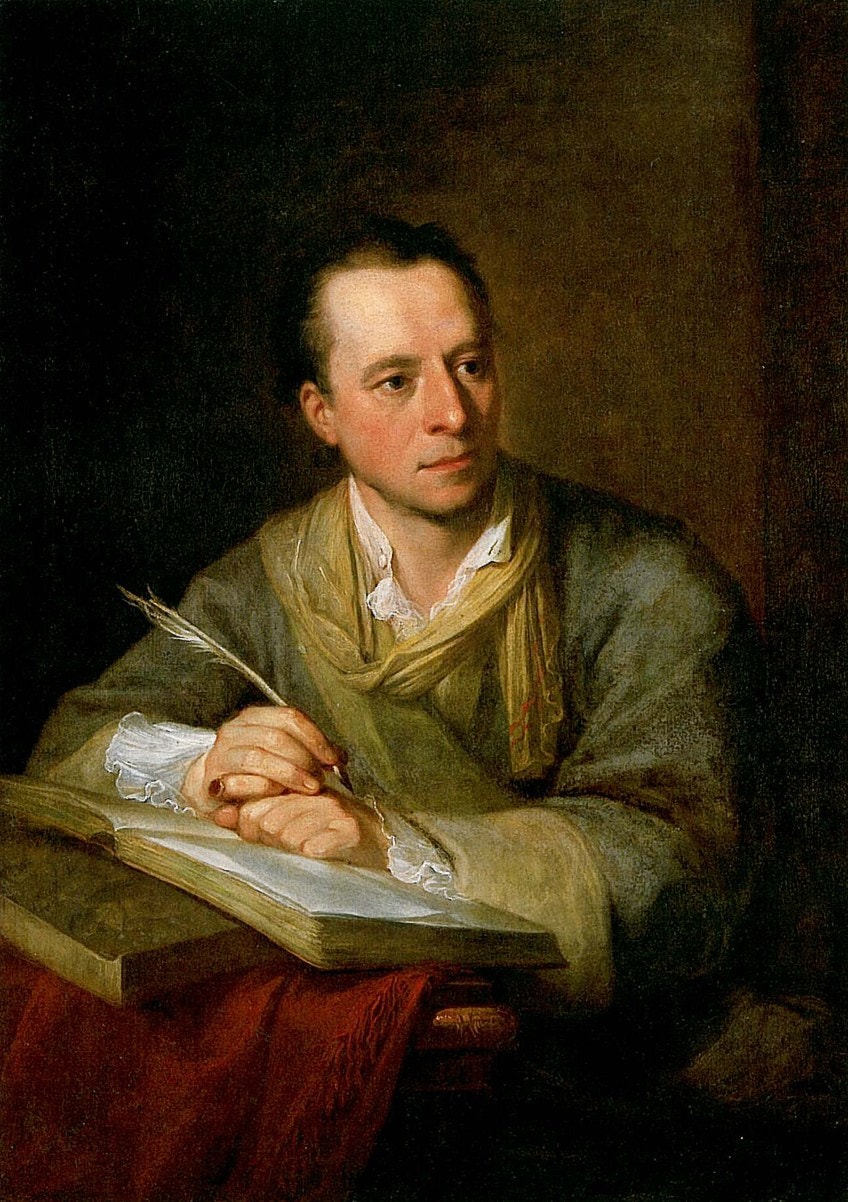
It was Henry Fuseli who translated Winckelmann’s text Reflections on the Painting and Sculpture of the Greeks (1765) to English; he would have undoubtedly been significantly familiar with these new-age thoughts and beliefs. Winckelmann has been widely quoted as stating that art should have a “noble simplicity and calm grandeur”.
If we look at the German Sturm und Drang movement, which started around the late 1700s, meaning “Storm and Stress”, it was characterized by a more subjective expression. As a precursor of Romanticism, it revolted against the rational and “objective” nature of Neoclassicism and the Age of Reason.
Henry Fuseli was part of this group, which spanned music, theatre, literature, and visual arts. Some of the primary writers that developed it included Johann Wolfgang von Goethe, who was also an admirer of Fuseli’s work. What was notable about this short-lived movement was the strong expression of emotions, this included visual representations that verged on frightening, as we see in many of Fuseli’s, and others’, artworks.
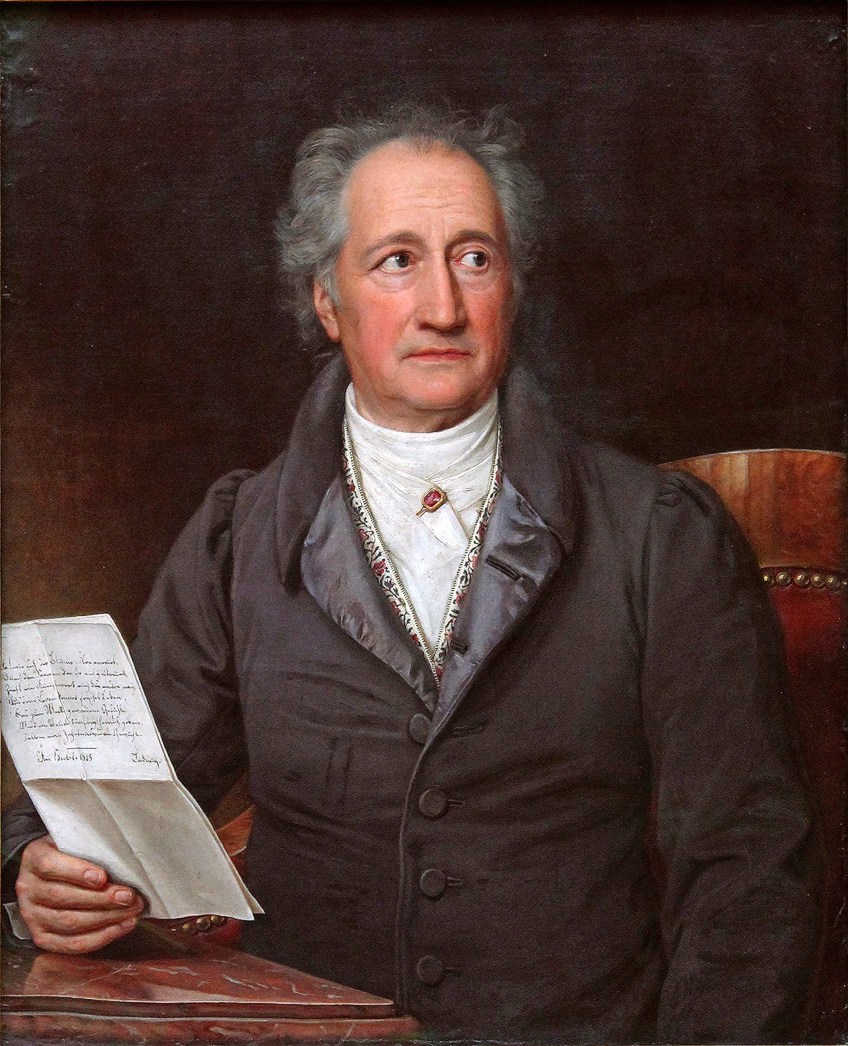
The above is a brief background on what the Age of Enlightenment was essentially about and how it influenced the arts at the time, including what some of the reactionary movements were that played a part in shaping Fuseli’s particular style of art. It is by no means an in-depth explanation and it is encouraged to explore these concepts in research further as they span various fields of knowledge and disciplines.
Formal Analysis: A Brief Compositional Overview
Below we look at The Nightmare painting by Henry Fuseli in more detail. This painting made its debut exhibit in 1782 at the Royal Academy of Arts in London. John Knowles was known as one of the early biographers of Henry Fuseli and has been widely quoted from his book The Life and Writings of Henry Fuseli (1831).
Knowles wrote that Fuseli’s painting was his most “popular picture” further stating that when it was exhibited it “excited, as it naturally would, an uncommon degree of interest”. It was indeed an excitable painting, filled with subject matter that would incite wonder – let us look further.
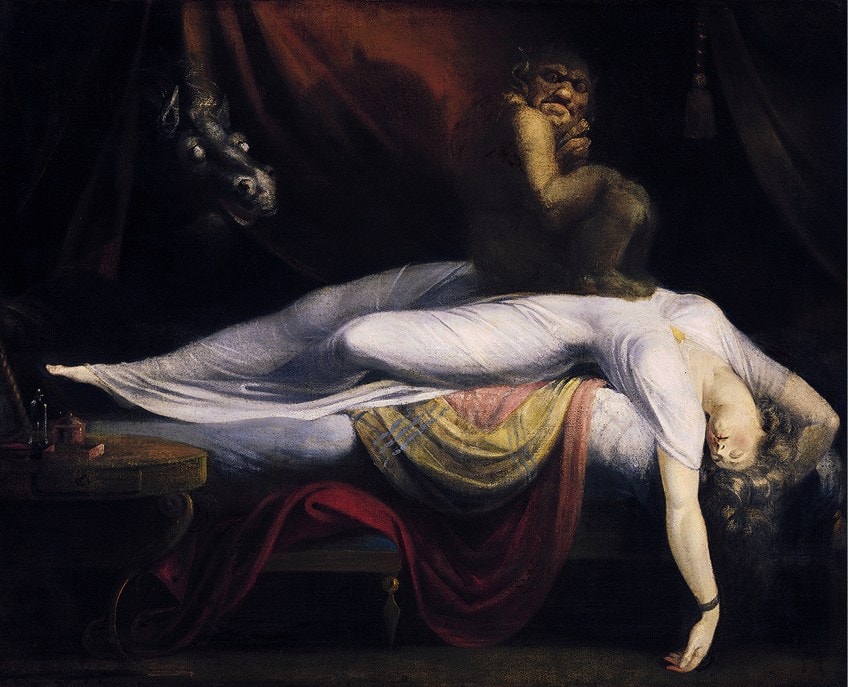
Subject Matter
In The Nightmare painting, Henry Fuseli depicts a darkened interior scene where we see a woman lying on her bed, appearing to be in deep sleep or either unconscious. Her head and arms hang down the right edge of the bed as well as her blond hair hanging loose.
Her left arm hangs completely down to the floor, her fingers just grazing the floor, but she does not seem to be in any waking state to be aware of her body and surroundings.
She does not have any bedsheets over her and all we see is her exposed figure to the night wearing a long white nightgown. She is lying on top of a couple of bedraggled bed sheets, more specifically, an off-white sheet over the mattress and yellow and red covers.
We will also notice Fuseli seemingly brings this interior space and scene closer to us with the hanging red velvety drapery in the background – cutting off any possible distractions in the background – and all we see is the black of the night.
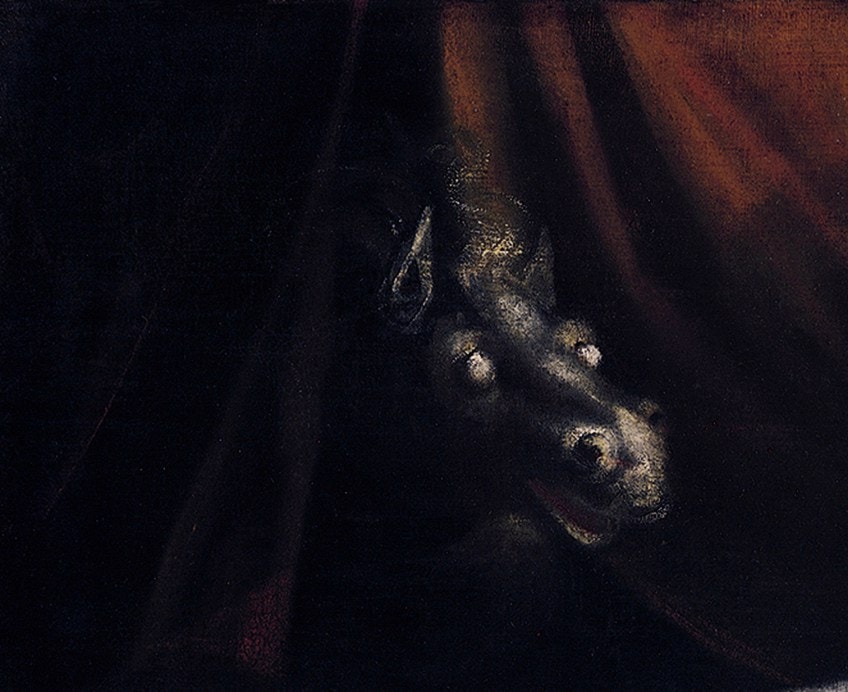
What makes this no ordinary sleep are the peculiar figures in the room. Staring in our direction, the viewer of the painting is a chubby brown creature sitting on its haunches on top of the sleeping woman’s chest and torso. Its left hand is held up to the left side of its face, appearing to be in a gesture that denotes resting on its hand or being in a state of reflection. Its right hand and armrests on its right leg.
This creature has been believed to either be an Incubus, an “imp”, or described as a “goblin” – it certainly appears demon or goblin-like.
There has also been wide debate about its meaning in the painting, which we will discuss further below. Many believe though that this is an Incubus, which according to many mythological stories is a male demon that comes to sleeping women to have sexual intercourse.

There is another creature in the black of the night peering its neck and head through one of the background draperies towards the left of the composition. It is also looking in the direction of the brown creature. This could possibly be the companion creature to the Incubus.
This creature is more recognizable to us; it is a black horse.
However, the horse also appears demonic, its eyes are completely whitened, and it has pointy ears, like the crouching demon’s ears. On top of the horse’s head are its curly strands of hair from its mane standing up, appearing like fiery flames. We can barely notice the rest of the horse’s black body, only part of the red drapery hanging loosely over it as it peers through the curtains.
In the bottom left corner of the composition there is a rounded wooden bedside table with a few items on top, for example, a book, a glass vial, what appears to be two other smaller containers with lids, and part of a mirror with a frame around it.
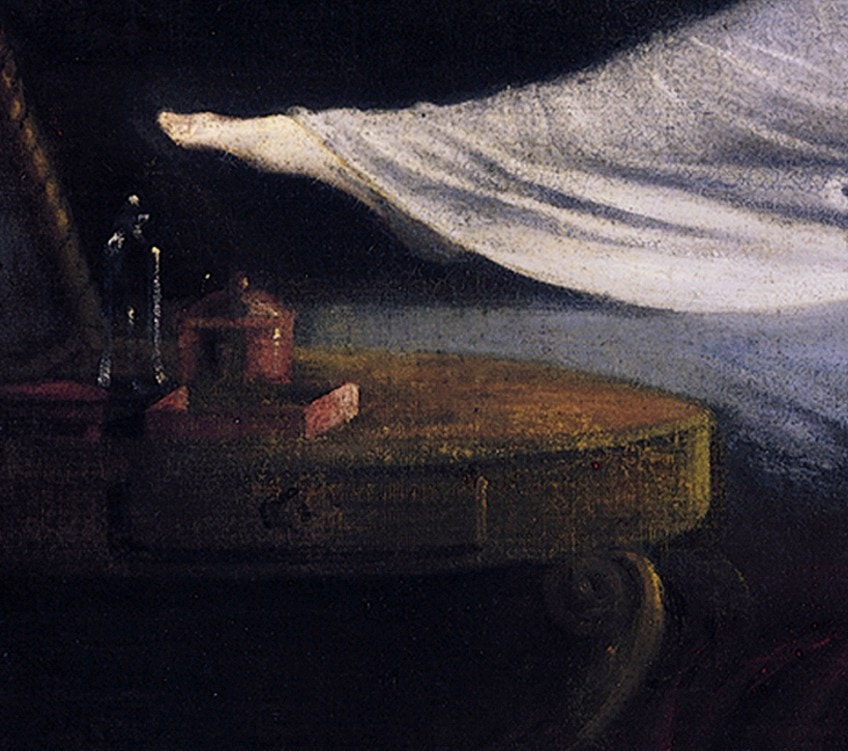
Color and Light
In The Nightmare, Henry Fuseli depicts a darkened interior scene, as mentioned above. We see areas of black dominating most of the composition denoting night-time as well as creating an eerie mood. Furthermore, Fuseli also painted most of the objects and surroundings in darker shades of warmer and earthier colors like reds, browns, and soft yellows from the bedding.
The sleeping figure of the woman is the only brighter source in the painting.
Her white nightgown and fair pale skin tone act almost like a beacon of light in the dark space. The white of the bedsheet over the mattress is not as bright and fades in color as the darkness covers it.

There also appears to be an unknown light source coming from the right side of the composition. It is not a harsh light and appears soft, could it possibly be a burning candle? We see how this also lights up part of the Incubus on top of the woman, emphasizing its shadow on the curtain behind it, again, creating an eerie mood.
It also lights up the sleeping woman’s face, exposed neck, and upper torso, revealing her vulnerability even more.
Perspective and Line
In The Nightmare, Henry Fuseli depicts strong horizontal linearity from the woman’s lying figure across the center of the composition. The woman almost acts like a bridge between the real world and the dream world. Additionally, some scholars have suggested that the figure of the woman separates the painting into upper and lower parts.
The upper part shows us a nightmare world and the lower part shows us the sleeping woman, bedding and sheets, and a table – not anything too dramatic. The lower part, if looked at without the two creatures above, would depict a sleeping woman and nothing more, which would change the meaning of the painting.
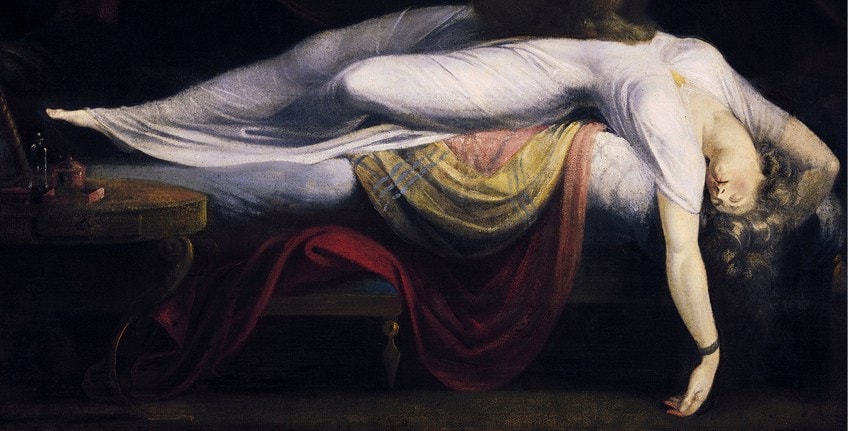
If we look at the perspective and space of The Nightmare painting, Henry Fuseli brings the interior scene to the forefront, in other words, he does not denote the idea of depth too much and as we mentioned above, he almost cuts off the background with the drapery and dark black areas, which highlights what is happening in the forefront.
Fuseli also painted with clear lines, we see how the figures and surrounding settings and objects are delineated in form and we can recognize what is painted. This also shows us the artist’s style of painting, naturally influenced by the styles of painting and academic rules at the time.
What Does The Nightmare Painting Symbolize Exactly?
We have come to the part that you are probably dying to know: what does it all mean? We need to look at various folklore, legendary, and mythological sources, where our two creature characters come from.
Let us also start with the title of the painting, otherwise, we might end up somewhere completely unrelated.
The Nightmare painting, as the title suggests, depicts a scene relevant to the dreaming state, and more specifically someone having a nightmare; the creatures we see are also related to nightmares. Some sources also clarify that there is no similarity between the horse and nightmares, as we would assume the word “mare”, which is a female horse, might connect with the imagery and word “nightmare”. However, other sources point to the significance of horses in dreams and this play on words.
It is important to clarify that the word “mare” has two different meanings, one relating to a female horse and the other to Germanic folklore relating to a demon that sits on its victim’s chests while they sleep, creating a heavy physical pressure, inducing nightmares. This demon has been referred to as “mara”.
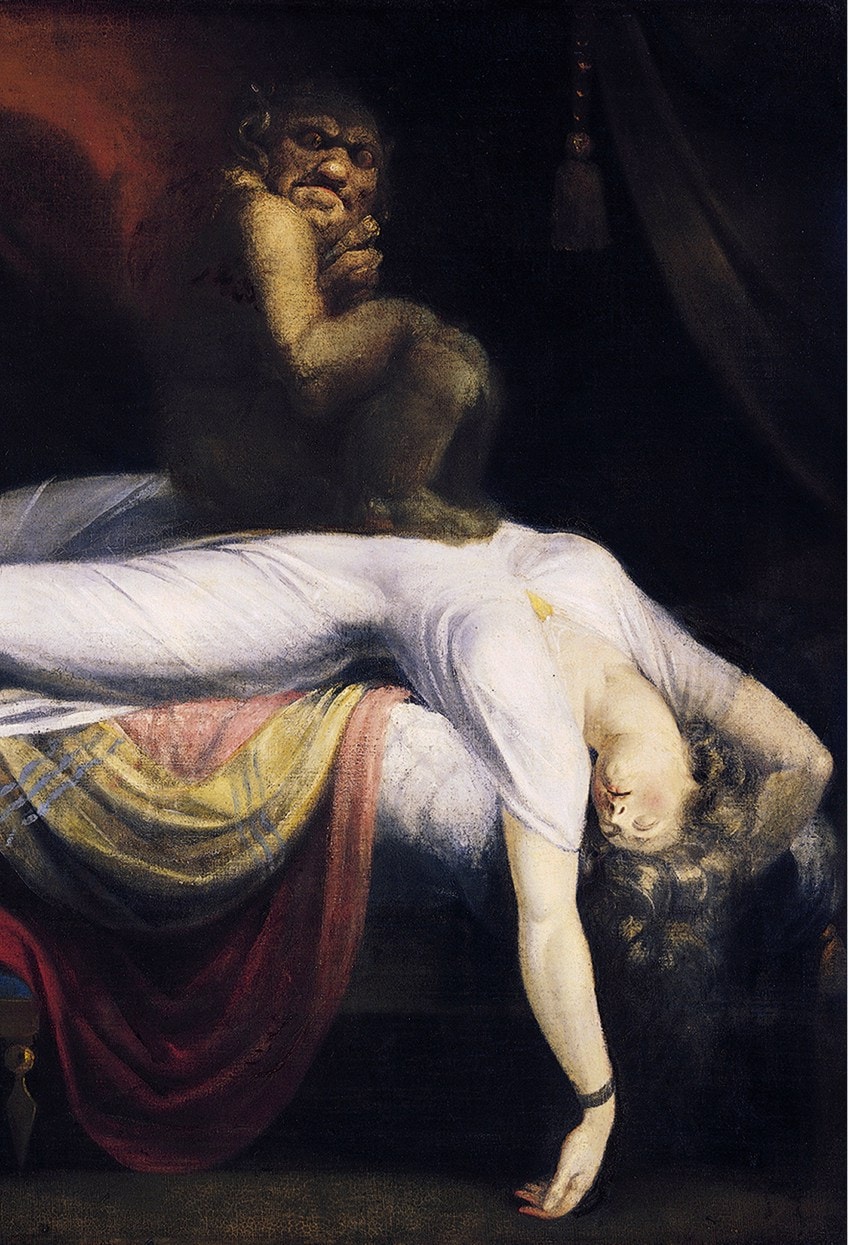
Although there is an extensive history of folklore relating to dreams, nightmares, and the various creatures involved in these, apparently Fuseli did not paint his subject matter from any known or relatable references like a religious story or any other story in literature. However, Fuseli was a learned man and he also painted subject matter tied to the literary works of William Shakespeare and John Milton.
Some painting examples include Shakespeare’s plays A Midsummer Night’s Dream (c. 1596/1596) titled Titania and Bottom (c. 1790) and from Richard III (c. 1592 to 1594) titled Richard III Visited by Ghosts (1798). From John Milton’s poem, Henry Fuseli painted The Shepherd’s Dream (1793).
A Love Lost – Who Was Anna Landolt?
It is also important to note that some scholars also debate about whether Fuseli was depicting himself as the Incubus. He was apparently deeply in love with the woman called Anna Landolt and she was set to marry another man.
This was reportedly an unrequited love for Henry Fuseli, and undoubtedly, he would have experienced emotional turmoil over not being able to be with her, including her not loving him back.
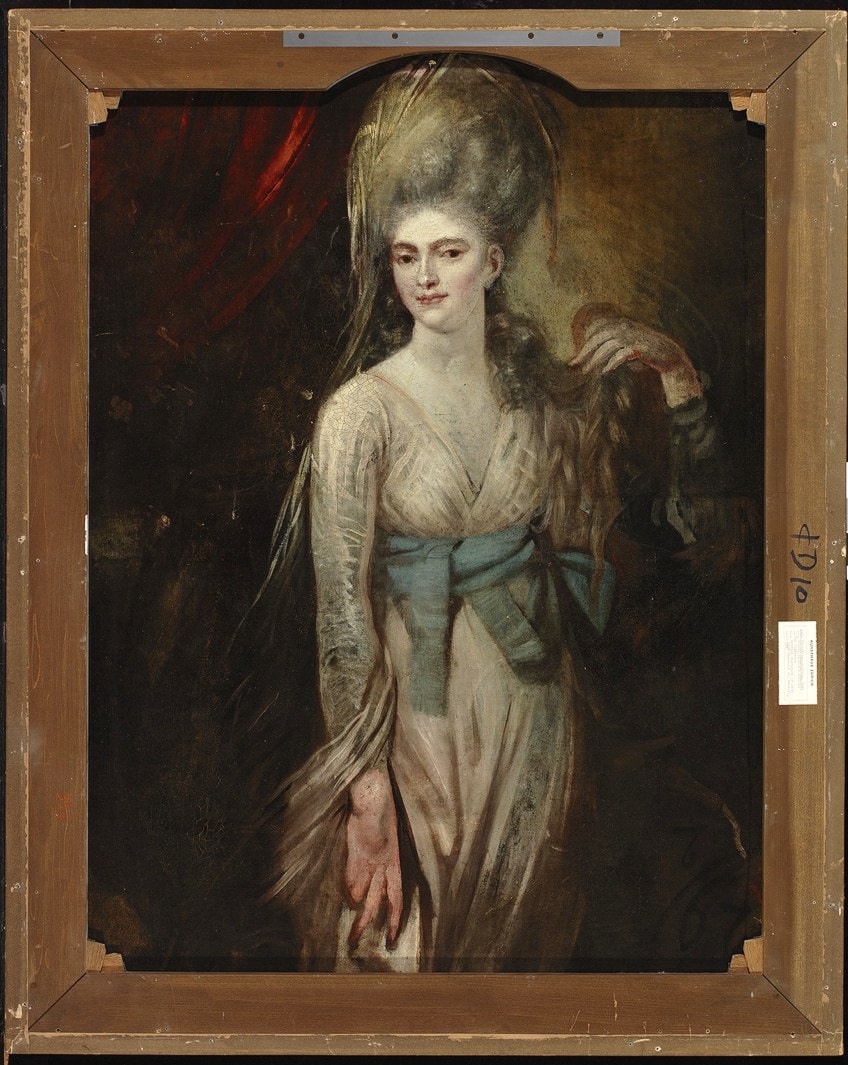
The Incubus in the painting could represent Fuseli’s own desire for Landolt and that he is sitting on her. There are various viewpoints around this notion and many tie to sexual violation, desire, sex, and an “openness” on the woman’s part because she is lying exposed. Maybe Fuseli was expressing his sexual desire through this painting?
It Is Sublimely Beautiful and Terrifying
In The Nightmare analysis above, Henry Fuseli depicts a scene that is wholly open to interpretation, and we are immediately met with the gaze of a nightmarish figure as well as a title that reinforces the fact. If we go beyond the nightmarish scene, we find a whole world that Fuseli fills from his own artistic and personal interests and explorations.
Fuseli inspired many great artists, art movements, writers, and psychoanalysts; he paved the way for others to explore the ideas of dreams and their meanings. For example, we will find this explored by the Surrealism art movement from the 20th century, Fuseli was also believed to have inspired the renowned writer of “Frankenstein” (1818), Mary Shelley, as well as the psychoanalysts Sigmund Freud and Carl Jung. Fuseli was the forefather of the sublime in art, delving into Gothic ideas and depictions, bridging the gap between the beautiful and the terrifying, and indeed, his artworks were terrifyingly beautiful.
Take a look at our Nightmare painting webstory here!
Frequently Asked Questions
Who Painted The Nightmare?
The Nightmare (1781) was painted by the Swiss artist, Henry Fuseli.
How Much Is The Nightmare By Henry Fuseli Worth?
Apparently, Henry Fuseli sold The Nightmare painting for twenty guineas. It is now displayed at the Detroit Institute of Arts in the United States and is approximately worth $3 to $4 million.
Alicia du Plessis is a multidisciplinary writer. She completed her Bachelor of Arts degree, majoring in Art History and Classical Civilization, as well as two Honors, namely, in Art History and Education and Development, at the University of KwaZulu-Natal, South Africa. For her main Honors project in Art History, she explored perceptions of the San Bushmen’s identity and the concept of the “Other”. She has also looked at the use of photography in art and how it has been used to portray people’s lives.
Alicia’s other areas of interest in Art History include the process of writing about Art History and how to analyze paintings. Some of her favorite art movements include Impressionism and German Expressionism. She is yet to complete her Masters in Art History (she would like to do this abroad in Europe) having given it some time to first develop more professional experience with the interest to one day lecture it too.
Alicia has been working for artincontext.com since 2021 as an author and art history expert. She has specialized in painting analysis and is covering most of our painting analysis.
Learn more about Alicia du Plessis and the Art in Context Team.
Cite this Article
Alicia, du Plessis, ““The Nightmare” Henry Fuseli – Inspecting “The Nightmare” Painting.” Art in Context. December 15, 2021. URL: https://artincontext.org/the-nightmare-henry-fuseli/
du Plessis, A. (2021, 15 December). “The Nightmare” Henry Fuseli – Inspecting “The Nightmare” Painting. Art in Context. https://artincontext.org/the-nightmare-henry-fuseli/
du Plessis, Alicia. ““The Nightmare” Henry Fuseli – Inspecting “The Nightmare” Painting.” Art in Context, December 15, 2021. https://artincontext.org/the-nightmare-henry-fuseli/.




